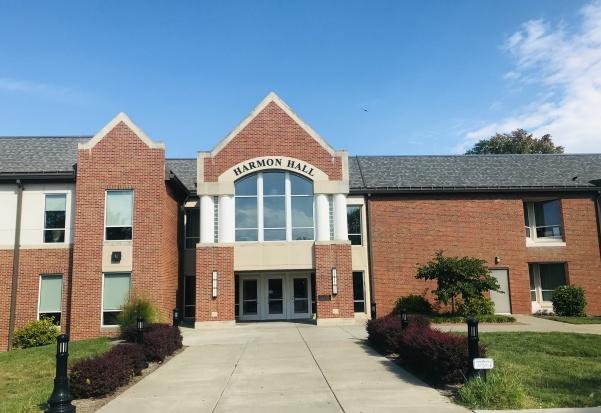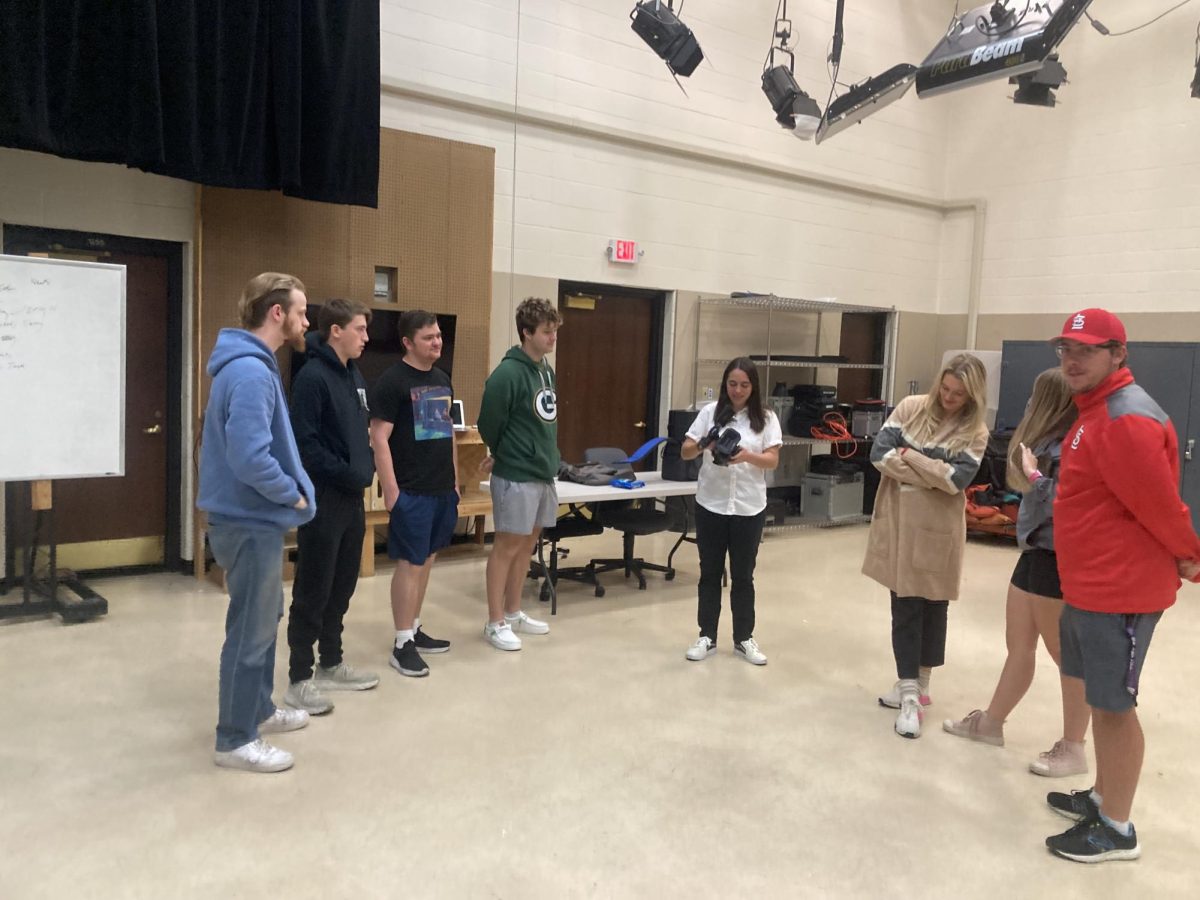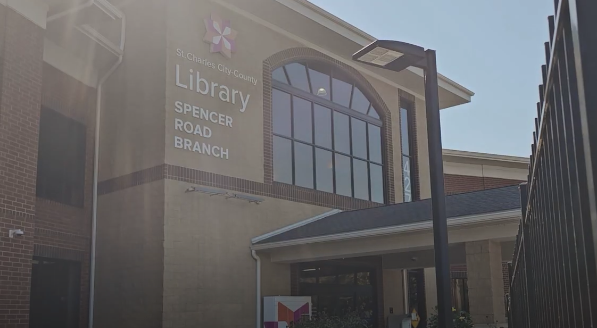MEGAN COURTNEY | News Editor
A team of students is managing a $100,000 investment fund as way to build a stock portfolio and gain experience managing money.
It’s modeled after an investment club at Washington University in St. Louis that has exposure to the stock market and economic trends.
Javeria Farooqi, the department chair of finance in the Plaster School of Business and Entreprenuership, said that stocks from “all different industries” are purchased and put into the fund portfolio, such as health care and energy.
There are a few things that students can’t do with the fund money like make “extremely risky investments or invest internationally.
Farooqi said the idea for the fund began with an audit in the finance department two years ago.
“We had another professor from a university come in and check out our program,” she said. “One of the things he mentioned was that it’s always good to have a student-managed fund or some kind of portfolio.”
Christopher Holmes, a graduate student who is helping with the fund, said that “several schools have been pushing for student-managed portfolios as a way to increase exposure in undergraduate programs.”
The semester of the audit was the same semester that Farooqi converted her class from test-based learning to project-based learning becauses formulas “don’t tell me at all if you can understand finance or if you’re going to do well in finance.”
Farooqi said that her students enjoyed it a lot more than taking exams that they’re “not going to ever remember.”
By the end of the semester, students wanted a fund to manage, so they started a paper portfolio and began to forumlate how it should look.
Chris Abbott, a Lindenwood graduate and stock analyst at Argent Capital, came in as a guest speaker and found out about the paper fund. Farooqi said he was excited, so she asked him to help her turn the paper fund into a class and teach it, and he agreed.
The spring 2018 semester was the first time the class was offered, and the class did “stock pitches,” but Farooqi said the class “wasn’t structured” because it was a “let’s figure this out together ordeal.”
After that semester, Farooqi said the paper fund was doing well, so they decided to take it to the board.
“We put a proposal together, we took it to our CFO [chief financial officer] and he liked it, so we presented it to the board,” Farooqi said. “Come summer, we presented, they liked the idea and gave us $100,000. The rest is history.”
Fall 2018 was the first semester that the students were managing real money.
Every student can take the class for credit twice, but can continue to participate as long as they want, Farooqi said. When students take it the second time, they have more of a say of how the portfolio should be structured along with Farooqi and Abbott.
“The class as a whole acts as analysts,” Holmes said. “Recommendations are given, the executive committee votes, and then it’s purchased and placed into the portfolio.”
Currently, Farooqi and Abbott are trying to re-structure the class so students can join as early as the end of their sophmore year so students can be taught earlier, “have more exposure to it, and go up in rank.”
Farooqi said her goal with the class is to get her students “real experience.”
“That is [a job] my ultimate goal,” Farooqi said. “I don’t like seeing students come to college, get into debt and walk out like ‘what now?’ You’ve got nothing to show for it? That’s not a good investment.”
Farooqi said for the final class presentation, she is working on getting recruiters in the industry to come in and either offer students internships or jobs.
“That’s my next massive goal,” she said. “To make sure that there’s a continous flow. You get into this class and you end up with a job. Getting into this class should really mean something to the students.”








